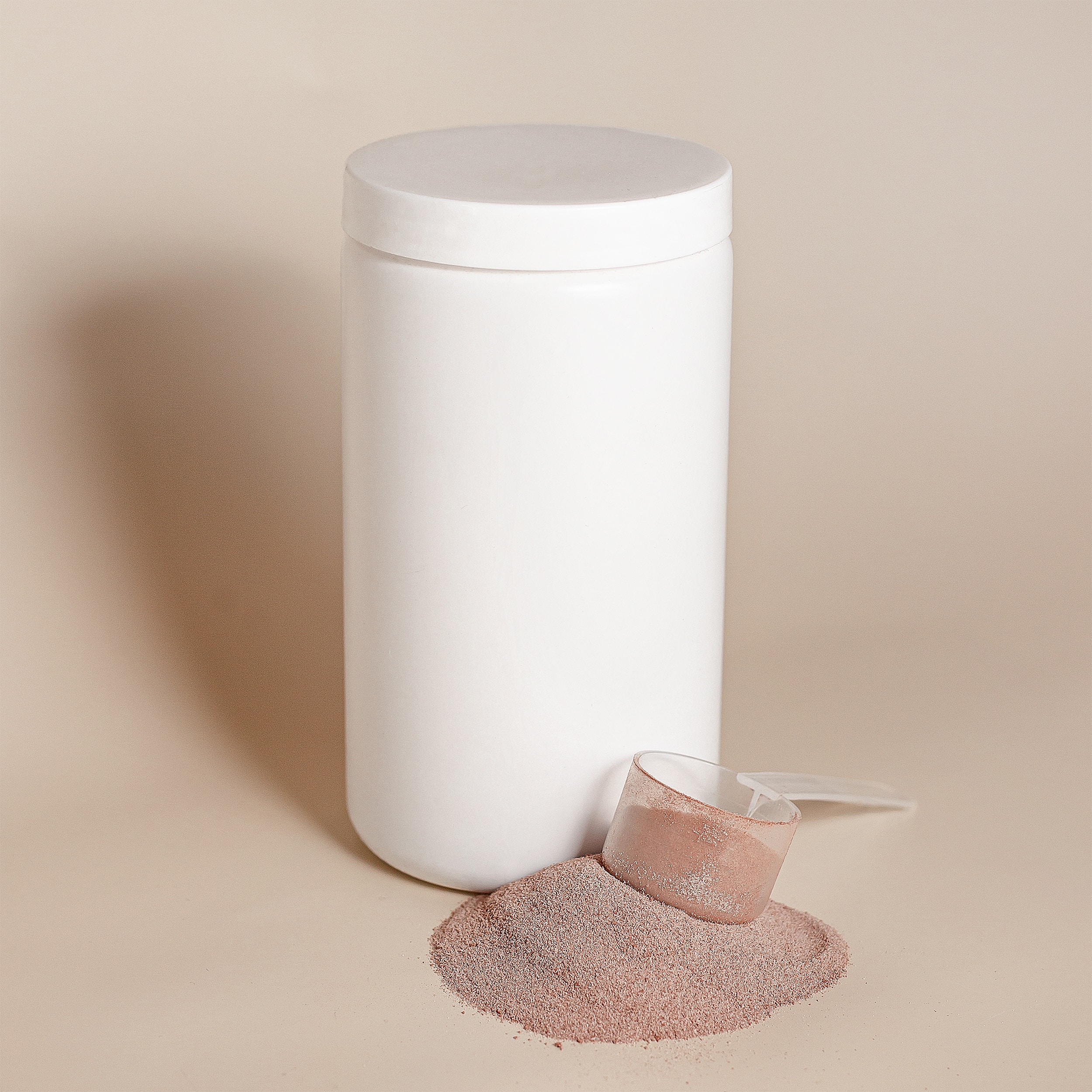Non-surgical alternatives to hair transplants
20th December 2019
Realising that you are starting to lose your hair is a shock to many. As such, when people start to notice their receding hairline, or thinning patches, their mind immediately jumps to the same drastic conclusion: “that’s it – I need a hair transplant!”.
Of course, hair transplants are highly effective for the right candidate, offering a natural and permanent result. However, not all hair loss warrants going under the knife – in fact, we have many patients who initially approached us seeking a hair transplant, when actually another treatment might suit them better. We offer a range of non-surgical treatments that can either be used on their own or alongside surgery.
Platelet-Rich Plasma Therapy (PRP)
PRP shot to notoriety when Kim Kardashian posted a selfie of her ‘vampire facial’, using her re-injected blood. Demand for the treatment skyrocketed, but since then, PRP has established itself as far more than just another celebrity beauty fad – it’s now a bona fide hair loss treatment.
The process involves a patient’s blood being drawn, before it’s spun in a centrifuge to separate the platelet-poor plasma and platelet-rich plasma. The resulting PRP – which is packed full of enriched cells and essential proteins – is then injected back into the scalp to stimulate healing and encourage dormant follicles to start growing hairs again. The treatment is performed under local anaesthetic and typically takes under an hour.
It’s a very low-risk procedure with a very minor chance of allergic reactions, and it can be very effective in those who are in the early stages of hair loss. It’s important to note that it’s not permanent – results last around a year – but it can be a great way to increase the thickness of the hair, either as a standalone treatment or to complement a transplant.
Low Level Laser Therapy (LLLT)
LLLT – otherwise known as red light therapy or more recently Photobiomodulation – bathes the scalp in light using lasers. It’s administered through individual light sources in a special cap or helmet, or by using a handheld device like a laser comb. The light penetrates the skin to encourage the cells to produce more protein, which will strengthen the hair. Additionally, it stimulates the hair follicles to trigger the growth phase of the hair cycle to increase the amount and rate of growth.
LLLT has been found to be effective as a treatment for thinning hair, with results typically appearing after two or three months. However, it only works in active hair follicles – unfortunately, it won’t do anything for follicles that have died. Because of this, it’s only recommended for people who are in the early phases of hair loss – it won’t do much for those who have very little left.
Medication
There are two clinically-proven hair loss drugs currently on the market – Minoxidil and Finasteride. Minoxidil is applied directly to the scalp to increase blood flow and nutrient uptake to the follicles, which will make the hair stronger and thicker. Finasteride is taken orally and blocks the production of the male hormone dihydrotestosterone (DHT), which shrinks the hair follicle and makes the growth cycle shorter. Finasteride is designed for long-term use, so once you’ve started using it, you’ll need to stay on it – otherwise, the hair that has been regrown will fall out.
Cell Therapy
In 2020, our sister company HairClone plans to introduce cell therapy injections, which uses a patient’s own basic hair cells to rejuvenate or thicken up thinning hair. The first step of the process is Hair Follicle Banking, which cryopreserves 100 of your individual hair follicles – this service has already been launched at our clinic. When ready, the basic cells are separated from the hair roots and then multiplied in a lab, forming thousands of extra cells. These are then injected in and around existing thinning hair roots in the scalp. It is anticipated that the process may need to be repeated once every two to three years.
It’s difficult to say which treatment will be most effective for you without a consultation, so book in for a chat with our team.


